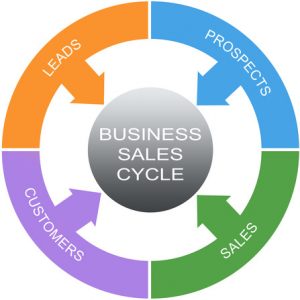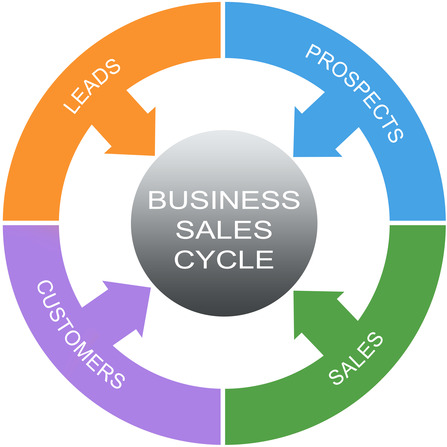
In order to manage the sales cycle, it’s important to know who the best prospects are for a company’s products or services. Calling on the wrong company or the wrong person at a qualified company squanders time and delays closing the sale. That’s why defining the right target markets and creating customer profiles are important first steps in the sales process.
Identify “Best Fit” Prospects
Not every lead represents a qualified prospect. Too often we expend more effort than necessary trying to sell to longshots who are never going to purchase our products or services. It’s better to invest time and energy on companies that represent the best fit and are known to be similar to current customers in the needs they have and the challenges they face.
Finding these prospects involves some research. First, examine your current customers and discover what they have in common. Is it the company size, industry, geography and/or other key factors? Then, define your ideal prospect based on these criteria and seek out these companies. The reality is not every organization is a good fit for working together.
Once you’ve defined your target market, develop a few “qualifying” questions to see if the lead is a candidate for your services or products at this time. For example, if your company designs websites and the lead just spent thousands of dollars overhauling its website, the lead is not likely to want to reinvest time and money into your product. Discovering this information early on allows you to quickly move on to the next lead.
The Right Contact
The next step in turning a lead into a solid prospect is finding the right contact. There are varying thoughts on who is the ideal contact is. Some believe the smartest move is to start at the highest level possible: the CEO, Executive Director or President. In many cases, these are the individuals who have the last word on any financial decision. Even if the highest ranking individual is not the right contact, they may refer you to another person in the organization who can also make a purchasing decision. The referral may be the key to getting the ear of the decision-maker, instead of being turned away by gate-keepers or administrative staff.
On the other hand, the most senior person may not be the user or implementer of the product or service. Since they are typically more difficult to reach than others, it often pays to start with lower-level personnel. In any case, it is important to open a conversation with professionalism, courtesy and a sincere interest in the other person.
A third possibility comes when the decision-making responsibility is shared. Make sure you identify all stakeholders in the process, including the person who has the budget and authority to make buying decisions along with the person(s) who will use the product or implement the service.

Focus on ROI
Whether you start at the top or the bottom of the company, focus on spending your time and efforts only with prospects likely to bring you a return on your investment. Researching and seeking out only those leads with an obvious interest and need for your services or products is essential in managing the sales cycle. Next week I’ll provide additional tips for improving the sales cycle.

